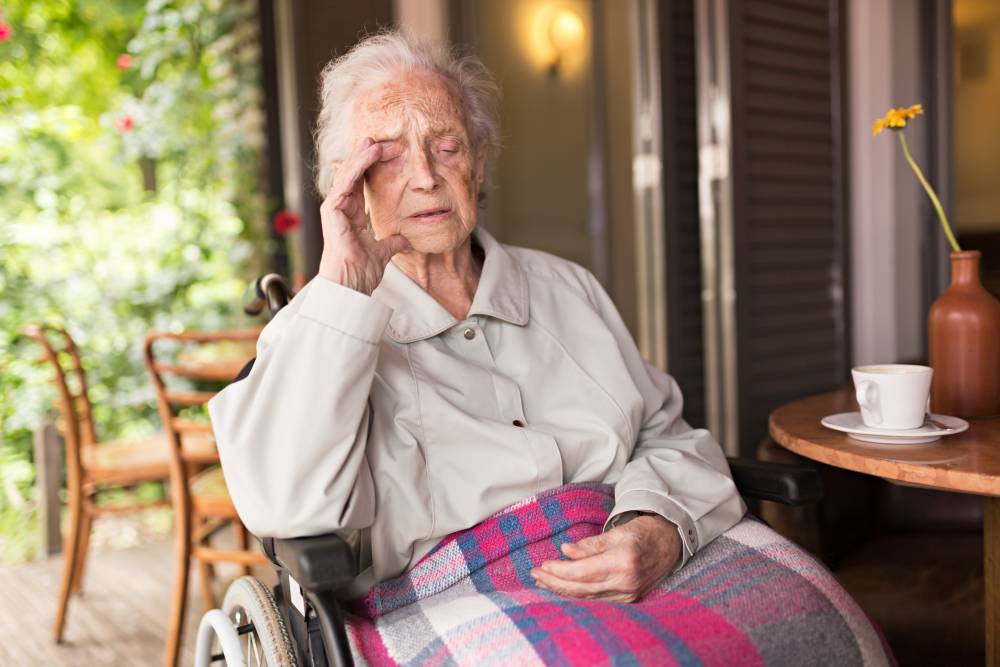
A few weeks ago, we published an article titled, ‘Rough treatment in aged care is not assault, says magistrate: Four Corners’.
The article was viewed by more than 40,000 readers through our social media channels, and received hundreds of comments.
Among those to respond was a retired expert in his field who wishes to remain anonymous, but his thoughts on the topic deserve to be shared with our readers.
Alleged abuse by care home staff in Perth Western Australia aired on the ABC (Four Corners Mon 24 Sept 2018), raised several issues needing further examination.
A secretly obtained video demonstrated exceptionally poor care in managing an elderly woman with dementia.
The police laid charges against the carers, which were dismissed by the magistrate who reportedly said, the carers were run off their feet, and that the woman was often violent and abusive towards staff.
The magistrate likened the situation to that of dealing with a difficult child for example when being firmly placed in a car seatbelt. He said the evidence would not be enough for a conviction.
My first thoughts were that the magistrate was wrong and too few people had been charged. The Criminal code for WA describes an assault as follows, “s 222 A person who strikes, touches, or moves, or otherwise applies force of any kind to the person of another, either directly or indirectly, without his consent … … is said to assault that other person, and the act is called an assault”.
As the patient in this story is said to have dementia, did she consent to being in this home and managed in a forceful way?
If she did not consent, has anyone else with proper authority consented?
If her son had legal authority to make decisions on her behalf, would he have consented to this forceful management? It seems very unlikely.
Did she have a legal guardian such as the Public Advocate? Again, it would be unlikely the Public Advocate would have authorised the management practice demonstrated in the video.
The Criminal Code continues; “s 223, An assault is unlawful and constitutes an offence unless it is authorised or justified or excused by law”.
Most cases where forceful intervention may be authorised by law, owe their dispensation to the common law.
This is a concept which depends on whether a Court has decided, in specific circumstances, whether behaviour by staff constituted an assault.
Unless cases test the position, no answer can be given regarding the prospects of a likely conviction for assault. In this case the magistrate could have found the defendants guilty of assault, and if wrong in law, they could have appealed his decision.
If the law set down in the Criminal Code has not been applied correctly, the police prosecutor should consider an appeal against the magistrate’s decision.
The Crown Prosecution Service for England and Wales, has issued detailed policy guidance on the prosecution of crimes against older people.
This sets out how the public interest is best served and reflects a standard of best practice. Western Australia should do no less.
The magistrate’s analogy of the child is flawed. A parent or guardian has common law responsibility for the child and, in addition, a matter of safety and risk of serious harm is concerned.
Health care providers can apply force in an emergency or in “duty of care” situations, but there must be some oversight to ensure actions are justified and commensurate to the situation.
They do not have a carte-blanche to behave in a way that would otherwise constitute an assault.
The Criminal Code provides special attention when the victim is an older person. If the person assaulted is over the age of 60 years, the assault is an aggravate done. This should send a message that physical abuse of an older person is not tolerated.
A major issue is the level of responsibility of health care providers to ensure staff are well trained, supervised in action and supported when necessary.
In this case what efforts were made to obtain professional advice on management of a patient described as “violent and abusive” towards staff?
This is the type of management issue that Dementia Support Australia (DSA), and the Severe Behaviour Response Team (SBRT), a Commonwealth funded body is intended to address.
Advice and support would also be available, if requested, from State geriatric and older adult mental health services. Failure by management to consult thoroughly, if confirmed, should make them vicariously liable for some form of legal or administrative penalty.
An employer has a legally binding responsibility to provide staff education and supervision under health and safety laws.
Even if staff behaviour is contrary to care home directions, management cannot escape its duty to foresee risks and take preventative steps. It is not good enough to blame lower level staff.
Responsibility must travel all the way up the line to the top.
Finally, a failure to apply the full extent of the Criminal Code in cases of alleged elder abuse, weakens public perception of the aged care industry generally.
It is no consolation to the great number of excellent homes and aged care staff, who daily provide care to the best of their ability. It sends a message to older people and families that their best interests are not deserving of justice and serious consideration.